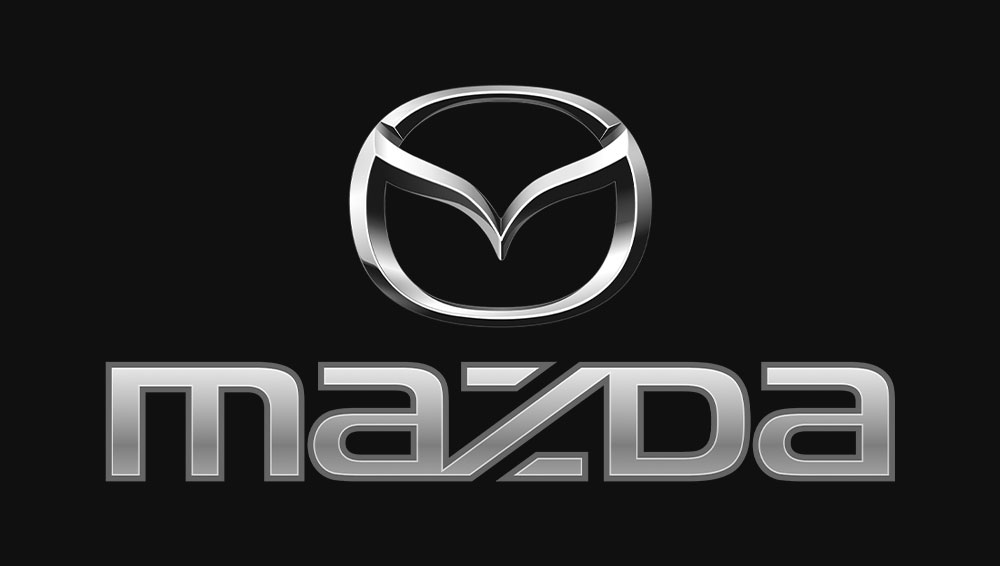It has been more than 20 years since the release of Pokémon. Unlike other media franchises, there seems to be no stopping the fame of Pokémon since people are still obsessed over it — both the kids before and the kids now.
For example, when the trailer for the Pokémon movie “Pokémon: Detective Pikachu” first dropped, the video gained over 30 million views on YouTube (currently, the trailer has 76 million views). Both kids and adults squealed over a real-looking Pikachu voiced by Ryan Reynolds.
Also, in 2021, Pokémon Trading Cards became insanely popular again as fans sold out shops to find rare trading cards (there have been fights over it, one involving a gun).
It seems that the Pokémon fever will never wane. But why is that?
Simple: it’s the marketing.
From the Pokémon logo to iconic Pokémon anniversary celebrations and other marketing gimmicks, the Pocket Monster company is gifted at hyping people of all ages.
First Things First: What is Pokémon?
Initially called “Pocket Monsters,” Pokémon was first released in 1996 and became a huge hit among kids. The gist of these monsters is simple: you’re a boy named Ash who travels around to collect monsters called Pokémon.
Your goal is to collect as many as you can, train them and battle with other trainers to gain badges or increase your rank.
The term “Pokémon” refers to the cute monsters that appear in their universe (e.g. Pikachu, Squirtle and Charmander). It also refers to the media franchise and the brand. In fact, the Pokémon Company is responsible for the branding, marketing and production of the franchise.
Understanding the Pokémon Logo
The first aspect of marketing is always the logo.
Like all big brands, Pokémon emphasizes its presence with a symbol. Think of the Pokémon logo as an emblem, like the Chevrolet, Gucci or even the Doritos logo. It’s one of the most recognizable images in the world.
Even people who aren’t fans of these Pocket Monsters know what the Pokémon logo looks like. However, not everyone knows where it’s from.
Over the years, countless new versions of the logo appeared, which include the new Pokémon Go logo, the Pokémon Sun and Moon logo and the Pokémon Sword and Shield logo. There’s also the Japanese version of the Pokémon logo, which is similar to its English counterpart — just a little bit different. But the simplest and the original version of the Pokémon logo, displayed in blue and yellow, is the most common worldwide.
The Pokémon logo was developed in 1996 by Satoshi Tajiri. It features everything in the franchise: from trading cards and toys to video games, movies, comics, anime cartoons and books. Despite the logo’s simplicity, the Pokémon icon remains a recognizable image that captures the attention of any target audience.
So what makes the Pokémon logo so memorable? Is it the font?
The English version of the Pokémon logo is a combination of funky letters in shades of yellow and blue. The golden yellow color represents joy and optimism while the blue stands for class and excellence — all values promoted by the franchise.
The logo changes according to the series, game or sub-section of the brand. For example, the Pokémon Go logo combines the traditional Pokémon logo with the word “Go,” which includes a design of a Poké Ball at the middle of the “O.”
Pokémon is a year past its 25th anniversary yet its logo remains the same. Although elements of the logo change to suit the nature of the game, show or media material, the central logo remains the same. The original Pokémon logo is the perfect youthful design for a franchise that always evolves to match the need of newer generations (while staying in touch with the older ones).
Who is the Target Audience of Pokémon, Anyway?
We keep mentioning the “newer” and “younger” generations. That’s because Pokémon’s popularity lies in its fans, which are composed of adults and kids.
While the storylines of the series and the aesthetics of the games imply that kids compose the largest group of Pokémon’s audience, the numbers beg to differ. Its core fanbase includes people ages 18 to 34 years old. Fun fact: during the first month of Pokémon Go, its average player demographic was a well-paid, highly-educated 25-year old white woman.
This proves that Pokémon is not just a child’s game; it appeals to older audiences, which includes people who grew up with the series. This in turn means the franchise is saturated with people who have better disposable income.

How Pokémon Go and Detective Pikachu Re-Ignited the Hype
Pokémon’s hype isn’t always on fire, especially since the franchise is more than 20 years old. To keep the people invested in the franchise, the company constantly re-imagines the series and the games.
In 2016, Pokémon partnered with Niantic, an American software development company, released a mobile version of the game. Called “Pokémon Go,” the location-based AR game had players physically running around different locations to capture a variety of Pokémon and to battle with other players in digital arenas.
After the first few months of its release, crowds of people can be seen walking around spaces trying to catch rare Pokémons. For the first time in forever, people were living the Pokémon trainer life IRL. While the game has slightly changed some features and the gameplay, many people still participate in monthly in-app events.
By releasing a mobile game that lets players actually catch a Pokémon (even though it’s digital-only), the Pokémon Company released a version of the game that accessible and popular, which are the two ingredients for a cultural hit.
In 2019, the Pokémon Company took their marketing another level with the release of “Pokémon: Detective Pikachu,” a reimagining of the Pokémon universe. While Ryan Reynolds voicing Pikachu was a bit odd, the fans focused more on the realistic depiction of the fan-favorite Pokémon. Everyone suddenly wanted their version of the fluffy, wise-cracking Detective Pikachu.
Evolution is Key: Your Audience is the Secret to Brand Longevity
In Pokémon terms, evolution is the key to the company’s success. The people behind Pokémon showcased their understanding of their audience, and they confidently take calculated risks to entice them to stay in the world of Pokémon.
The company took a risk when it released the Detective Pikachu movie since the project could’ve alienated an audience who associated Pokémons to a specific visual and style. It took a big risk when it expanded outside of console game offerings by releasing a free mobile game in Pokémon Go.
All of these risks show that Pokémon continues to grow up with its audience. They employ different creative styles and channels to meet the needs of their growing audience. Even if the changes challenge the status quo, the Pokémon Company isn’t scared to shatter guidelines to accommodate fans of all ages.
What Marketers Can Learn from the Pokémon Marketing
Many people think that the nature of the Pokémon series and games is geared towards kids. But as the statistics proved, most of the consumers are adults. Instead of just being relevant to the kids, the Pokémon Company maintains its huge fanbase by following these steps:
- Growing up with their original audience. Pokémon’s key ideas are still the same, but the company diversified its messaging and added new features to its games to engage with their older audiences.
- Maintaining nostalgia for a stronger marketing strategy. Pikachu will forever be an icon in the world of Pokémon. And the Pokémon Company leaned into that. During the company’s 20th anniversary, they released a movie that focused on Pikachu’s origins, which set the nostalgia bombs in the world.
- Examining their target audience’s persona and shifting tactics according to shifting desires. Pokémon’s original properties style appealed to younger audiences. When their audiences grew up, they created other properties that re-engaged with their target market to appeal to their maturing needs.
Pokémon has become a timeless icon — and that’s because its creators took the time to grow up with its audiences and think out of the box. Thanks to their efforts, Pikachu and the gang are here to stay forever.



